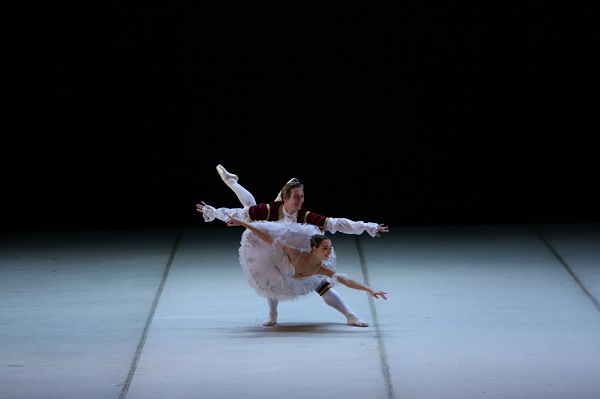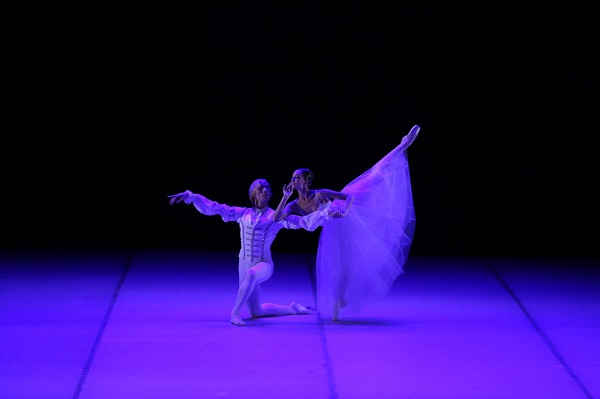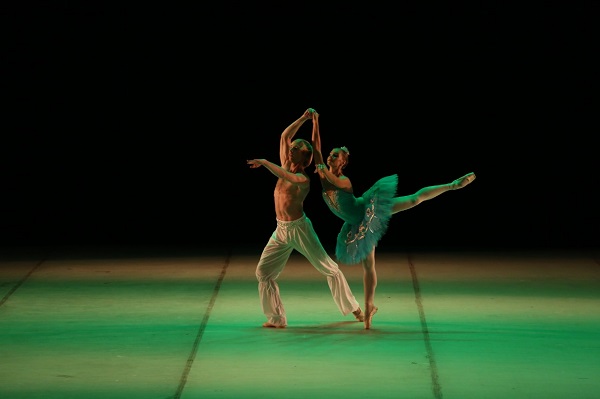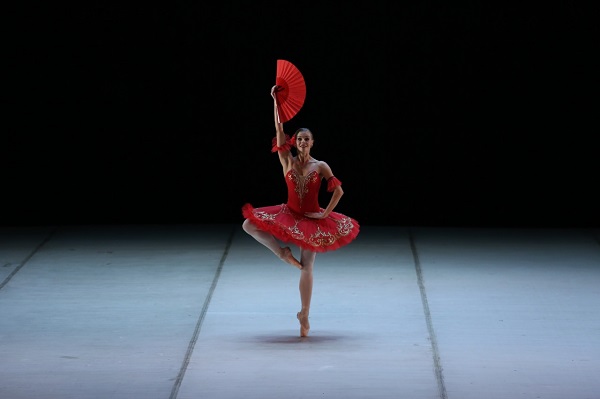In the world of music, a gala is a very special occasion. Galas seldom take place very often, and in some countries the audience must wait for an annual gala to be staged by the local theatre or opera house, or else for a particular occasion to be celebrated with a gala concert, operatic showcase or ballet. Some galas commemorate a composer, a choreographer, a singer, or mark an important cultural anniversary. In all of them, scores of artists – musicians, singers and dancers, accompanied by technicians and management – dedicate their time and energy to preparations for this unique event.
I’d rather not include galas prepared by artistic schools or smaller communities, since those aim at showcasing the achievements of their own, usually young talents, and the word “gala” merely adds a sense of importance to them. Real galas are the work of strong artistic bodies.
Every gala has a strong reason behind its staging; it consumes a large amount of artistic and organisational resources and gives the audience high expectations. While preparations for a gala are underway backstage, tension mounts at the opera, but the whole city begins to buzz too: ladies look for the fanciest dresses to wear, and gentlemen consider buying a new suit.

Ballet Gala Evening – Stars of Russian Ballet (Photo: courtesy of the Cairo Opera House)
In Egypt, since the word “gala” can be associated with far more recurrent and smaller scale events – the opera gala at the Cairo Opera House, for example, featuring famed arias performed by the soloists of the Cairo Opera Company, is staged more than once in the same season – the concept is somewhat different and the event is approached in a more relaxed way. Galas have been too frequent to maintain their sparkle, and the reasons behind their staging are often problematic.
Take the event that was held at the Cairo Opera House main hall on two consecutive evenings, 3 and 4 October. Promoted as a Ballet Gala Evening – Stars of Russian Ballet, the performance presented nine dancers, principal dancers and soloists at many renowned Russian theatres.
With good reason, the promotion capitalised on the fact that the dancers come from the Moscow Bolshoi Theatre (Alexander Volchkov), the State Academic Mariinsky Theatre (Yevgeny Ivanchenko, Oksana Skorik, Ivan Sitnikov, Mikhail Pukhov), and the State Kremlin Ballet (Ekaterina Pervushina), and included three international stars, as they are presented in the programme notes (Kirill Safin, Alexander Saveliev, Arina Varentseva). The short bios list those dancers’ many achievements.
Described as an “artistic delegation,” the nine dancers are given no name. A footnote also points to the “Production of Worldwide Arts, Colombia” without saying anything about the body that uses the Latin American country’s name.

Ballet Gala Evening – Stars of Russian Ballet (Photo: courtesy of the Cairo Opera House)
As given in the programme notes, the Ballet Gala included fragments of well-known ballets, many beloved and/or technically challenging solos or duets: Pas de deux from Tchaikovsky’s Nutcracker, Swan Lake (act II and then act III) and The Sleeping Beauty in addition to a pas de deux from Drigo’s Les Millions d’Arlequin, adagios from Prokofiev’s Romeo and Juliet, Adam’s Le Corsaire, Bizet’s Carmen, as well as Waltz from Les Sylphides by Chopin.
This reassures the audience that the evening will include numerous visually stunning, musically striking, emotionally charged and often technically demanding numbers, and with stars of the Russian ballet creating the gala experience on stage, success is guaranteed. Alas, this was not quite the case.
The first problem was the recorded music, a faux pas that cannot be overlooked in any performance that calls itself “a gala” and is put on by the main national artistic body. The evening did not lack technical mastery, however, and we were spoiled with beautiful pirouettes, captivating grand jetés and fouettés, tours en l’air and other staples of classical ballet. There was energy, speed and often perfection, but it is impossible to describe any of the renowned dancers since the notes provide separate lists of dancers and repertoire.
I still want to stress the skill of the ballerina performing in the opening pas de deux from Tchaikovsky’s Nutcracker and the sensitivity of the soloist dancing Tchaikovsky’s Russian Dance. I could point to the sense of excellence emanating from the male dancer performing in the pas de deux from Drigo’s Les Millions d’Arlequin, for his jumps and fluidity were eye-catching, and I’d like to look into the Adagio from Bizet’s Carmen in which both dancers struggle with synergy, and were somehow lost in the choreography…

Ballet Gala Evening – Stars of Russian Ballet (Photo: courtesy of the Cairo Opera House)
But let me look at the setting. The dancers performed on an empty stage, with no scenography and no props, and the lights failing to support them on a few occasions during the first evening (the one I attended). Their skills hit the cold wall of no context. No-scenography has become a popular, budget-friendly and portable formula for many ballet and theatrical troupes, though today many use projection and/or creative lighting to create the setting. On any theatrical stage, the synergy created is a cumulative creation and the surroundings affect both dancers and audience.
Each ballet carries a story, builds an emotional charge which is then enveloped in choreography, a variety of group dances, pas de deux, solos etc. Without this buildup, the dancers squeeze their story – and emotions – into the narrow framework of a purely technically piece of dancing.
I may add that the Cairo Opera House owns both projection facilities and sets for many of the ballets performed during two evenings. Of course we cannot impose a specific packaging on the troupe, but each choice has its consequences. For a gala performance, after all, we expect the best of all parties involved, and definitely the audience has a right to expect a “once-in-a-lifetime experience” as the ballet troupe presents itself in the programme notes.
For ballet-lovers, a gala experience cannot be limited to a technical showcase of skilful Russian ballet dancers, but it is supposed to be a whole dish, meticulously prepared by the troupe, choreographer and artistic director (whose names are not even mentioned in the notes) and many other artists, technicians and artistic managers.

Ballet Gala Evening – Stars of Russian Ballet (Photo: courtesy of the Cairo Opera House)
Regardless of the setting or lack thereof, what is more, any theatrical, operatic or ballet work has an anchor. This anchor is either the dramaturgy developing throughout the performance or a theme that dominates the evening. The dancers in this case (and the same would be true of actors or singers) build the whole performance with their bodies (or bodies and voices), creating reference points on a dependable. Choosing to perform fragments from a variety of ballets – bits and pieces of stories – with absolutely no contextual support, by contrast, is a brave move, especially for a gala performance.
Having representatives of Moscow Bolshoi, State Academic Mariinsky and other renowned Russian theatres is not enough to create an evening worthy of the “Ballet Gala Evening” name.
Even the programme notes could have supported the evening, by giving justice to every dancer and mentioning their names next to the piece they performed, providing a context for each dance, or giving a reason for this choice of showcase.
As the evening title stresses, it is not often that Russian ballet stars visit Egypt and the audience has a right to expect more than a sequence of well executed pieces from a variety of beloved ballets.

Ballet Gala Evening – Stars of Russian Ballet (Photo: courtesy of the Cairo Opera House)
*A version of this article appears in print in the 10 October, 2019 edition of Al-Ahram Weekly.
Short link: